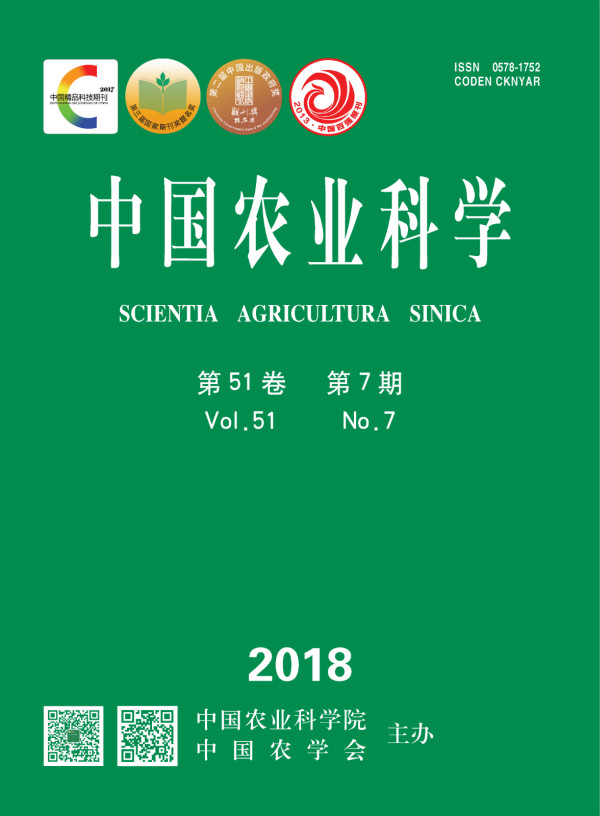【Objective】The objective of this study is to isolate an apple auxin response factor gene
MdARF5, to analyze its expression of exposing to auxin, to identify its role in regulating anthocyanin biosynthesis, then to reveal its biological functions and to provide a theoretical basis for auxin-mediated anthocyanin accumulation. 【Method】
The apple auxin response factor gene MdARF5 was cloned by PCR technology from apple (Malus×domestica ‘Royal Gala’). The phylogenetic tree was constructed by MEGA 5.0 software. The transgenic apple calli were generated via Agrobacterium-mediated transformation. The differences in the anthocyanin accumulation were compared between wild-type and transgenic apple calli. The transient expression assays in tobacco leaves were carried out to test the transcriptional regulation of MdMYB1 gene by MdARF5. 【Result】
MdARF5 gene (MDP0000143749) was obtained. The open reading frame (ORF) of
MdARF5 contained 2 691 bp, encoding a protein of 896 amino acid residues. Phylogenetic tree analysis showed that the homology of MdARF5 was close to the PbARF5. The transcriptional analysis results indicated that
MdARF5 was induced by auxin treatment. On the contrary, the expression levels of anthocyanin biosynthesis genes were repressed. The
MdARF5-overexpressing apple calli exhibited decreased anthocyanin content, suggesting that
MdARF5 gene might play an important role in regulating anthocyanin accumulation. The sequence of MdMYB1 promoter region was analyzed and a putative ARF binding motif was found. Meanwhile, the transient expression assays were performed in Nicotiana benthamiana leaves and the results showed that MdARF5 could repress the expression of MdMYB1. 【Conclusion】It is speculated that MdARF5 down-regulates anthocyanin accumulation by directly repressing the transcript of
MdMYB1.









